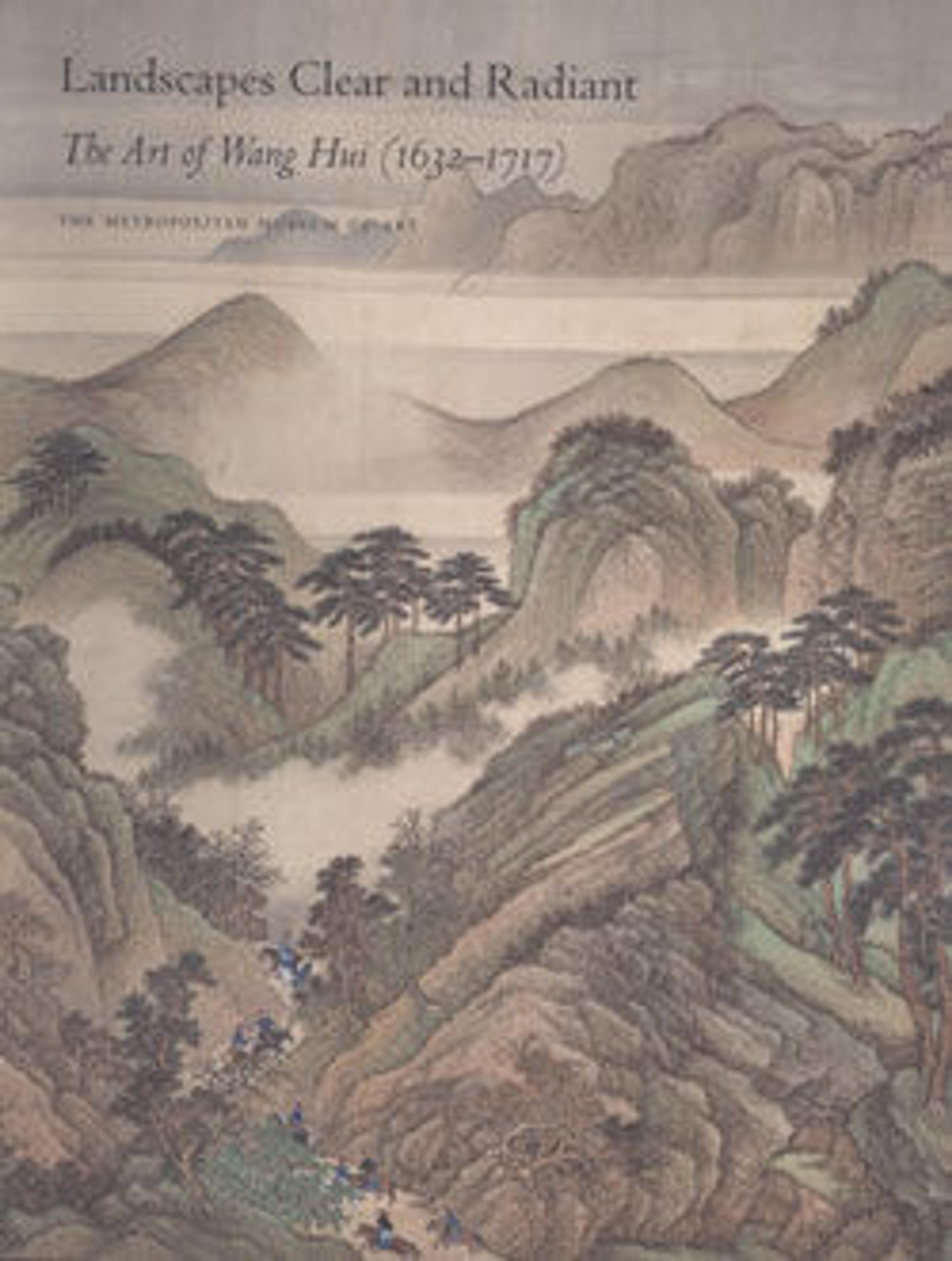Odes of the State of Bin
This handscroll is one of a set that illustrates the 305 poems in the Shijing (The Book of Odes), a work traditionally believed to have been compiled by Confucius (551–479 B.C.). The scrolls were made at the court of Gaozong (r. 1127–62), the first emperor of the Southern Song dynasty, and the transcriptions they bear, probably inscribed by either a scribe or a consort, are written in Gaozong's regular-script style. The accompanying paintings are the work of Ma Hezhi, a court artist known for his "orchid-leaf" brushstroke, a distinctive type of undulating brush line.
The poems illustrated in this scroll are known as the Odes of the State of Bin, for they were believed to have been the songs of Bin (in modern Shensi Province), the ancient homeland of the founders of the Zhou dynasty (ca. 1100–256 B.C.). These odes are the last in the section known as Guofeng ("Airs from the States"), which contains poems gathered from all over the realm so that the Zhou king might learn what his people were thinking and feeling.
The poems illustrated in this scroll are known as the Odes of the State of Bin, for they were believed to have been the songs of Bin (in modern Shensi Province), the ancient homeland of the founders of the Zhou dynasty (ca. 1100–256 B.C.). These odes are the last in the section known as Guofeng ("Airs from the States"), which contains poems gathered from all over the realm so that the Zhou king might learn what his people were thinking and feeling.
Artwork Details
- 南宋 馬和之 詩經豳風圖 卷
- Title:Odes of the State of Bin
- Artist:Ma Hezhi (Chinese, ca. 1130–ca. 1170) , and Assistants
- Artist:Calligraphy attributed to Emperor Gaozong (Chinese, 1107–1187, r. 1127–1162)
- Period:Southern Song dynasty (1127–1279)
- Date:mid-12th century
- Culture:China
- Medium:Handscroll; ink, color, gold and silver on silk
- Dimensions:Image: 10 15/16 in. × 21 ft. 9 1/4 in. (27.8 × 663.6 cm)
Overall with mounting: 13 13/16 in. × 45 ft. 10 1/2 in. (35.1 × 1398.3 cm) - Classification:Paintings
- Credit Line:Ex coll.: C. C. Wang Family, Purchase, Gift of J. Pierpont Morgan, by exchange, 1973
- Object Number:1973.121.3
- Curatorial Department: Asian Art
More Artwork
Research Resources
The Met provides unparalleled resources for research and welcomes an international community of students and scholars. The Met's Open Access API is where creators and researchers can connect to the The Met collection. Open Access data and public domain images are available for unrestricted commercial and noncommercial use without permission or fee.
To request images under copyright and other restrictions, please use this Image Request form.
Feedback
We continue to research and examine historical and cultural context for objects in The Met collection. If you have comments or questions about this object record, please contact us using the form below. The Museum looks forward to receiving your comments.
